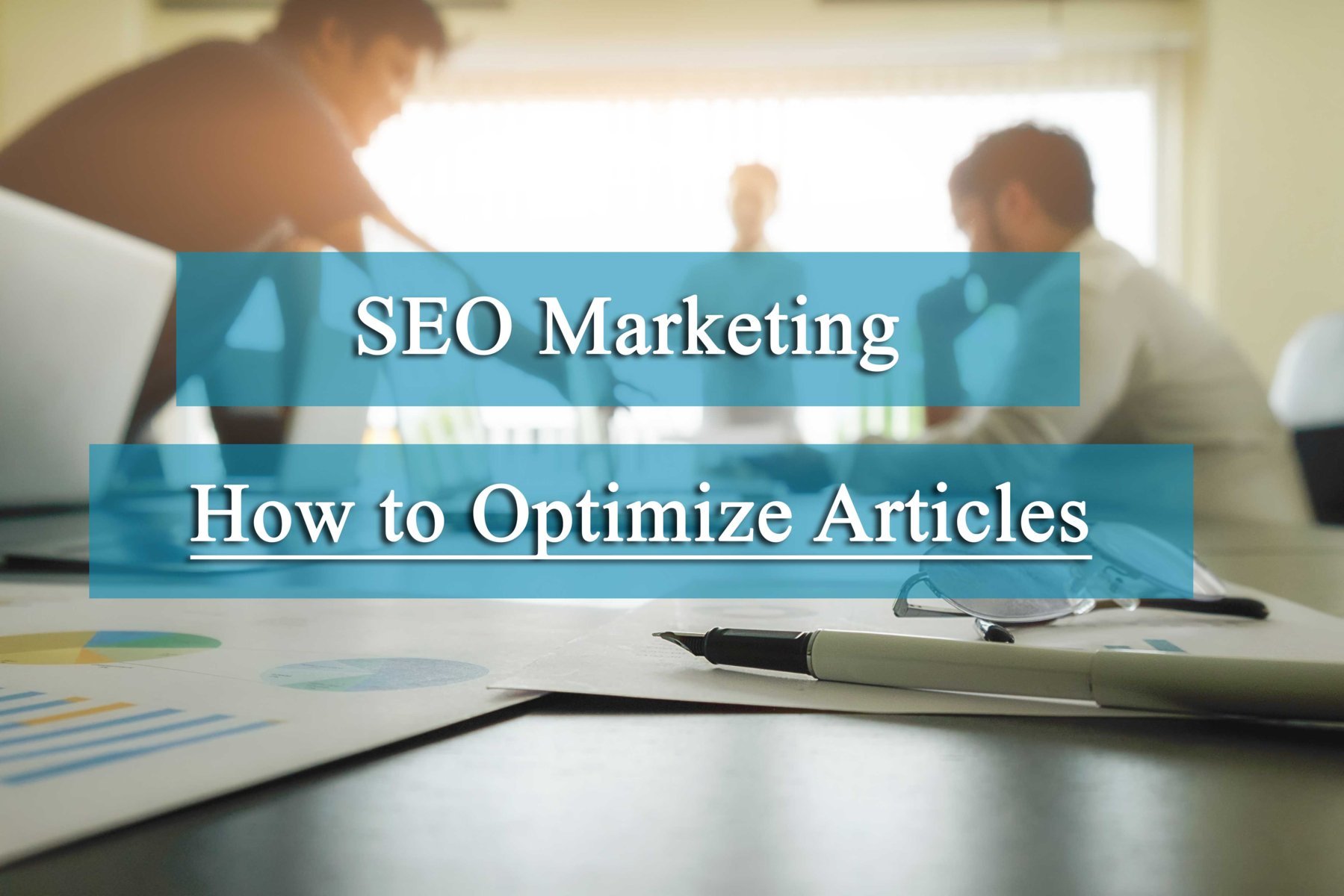Page Title: 5 – Search Engine Optimization (SEO)-optimization of the article and how to conduct it correctly?
Search Engine Optimization (SEO) Optimization of the blog article and how to set it up and fully complete it in correct way?
Before I start talking about how to write optimized articles, it’s worth figuring out what it is all about Search Engine Optimization (S.E.O) articles?
Search Engine Optimization (S.E.O) of your articles what is it?

Search Engine Optimization (S.E.O) article is an article written not only for people, but also for search robots. To write the right Search Engine Optimization (S.E.O) article, you must adhere to certain recommendations that search engines give, such as Google and Google.
Some beginner Search Engine Optimization (SEO) are so keen on article optimization that they grab the filter for re-optimization. When writing the right Search Engine Optimization (SEO)-optimized article, you must remember that the article is written primarily for people, it must be understandable, well structured, and the text should be presented in an accessible language.
During re-optimization, inexperienced Search Engine Optimization (SEO)-specialists often go too far with the number of occurrences of keywords, such articles cannot be read normally. Previously, such an approach rolled, but now search robots are much smarter and can distinguish material specially tailored to requests from useful articles for people.
In this regard, it is necessary to adhere to the “golden mean” of writing for both people and introducing Search Engine Optimization (S.E.O) pieces into the body of the article. It is about how to write an Search Engine Optimization (S.E.O) article correctly for people and robots, and I will tell you in today’s article.
How to write Fully SEO optimized articles correctly?
So, let’s go! In order to write Search Engine Optimization (S.E.O) articles, you must adhere to the following rules:
- Fully expand on your entire topic of what you are writing about. Your task is to give the most complete answer to the user who came to your WP Website so that after reading the material you provided, he does not return to search results and does not continue to search for other materials using the same keywords. If this happens – this is a big minus of your site, PS will gladly lower you in the issuance, because you don’t give the user what he wants, which means that your WP Website is not worthy to be in the TOP.
- Prepare and Structure your text accordingly . It is imperative to add subheadings, numbered and bulleted lists, highlight the most important points in the text ( not keywords , namely interesting thoughts, theses). All this is done both for the robot and for the convenience of people. Agree, a well-structured article is better to perceive than a solid sheet of text.
- Use exact and diluted occurrences of keywords in text and subheadings . Without using keywords, i.e. those phrases that people drive into the search engine, looking for this or that Info, your article will not be well ranked, because search robots will not be able to understand how relevant your content is to a particular request. The main thing here is not to overdo it and not to spam the text with keys. How to correctly add keys to the text, which means how to optimize the article correctly, I will describe below.
- List all necessary tags, such as Title, Description, </ u> Keywords and generally use all the tips outlined in the article about the correct WP Website structure. It is also necessary to optimize the images, a separate article will be written about this.
In principle, these four rules are enough to write a good Search Engine Optimization (SEO)-optimized article. Well, now about everything in more detail.
When and Where to start optimizing an article?
Sort the received phrases by exact frequency, i.e. with this principle. In the most high tech inquiries, we write a Title for the guide, compose a Description and write Keywords from 3-4 key words. First you want to build a semantic core for your upcoming article. The way to assemble a semantic core for the WP Website as a whole, I already wrote, if you did everything according to the directions written on this site, then you should have accumulated AXs for all posts.
If you’re new to my WP Website or you have written out all the posts and decided to tackle new topics, then using the same article, you want to collect an AX for your new article. It wouldn’t hurt to parse Meta Data tags and headings from a WP Website that you like and suitable for the topic using the Search Engine Optimization (Search Engine Optimization ) instrument (section”Top Tools”).
In xlsx format, you will get keywords, title, description, H1, H2 and H3 of Site pages, articles of interest. You will clearly see how your opponents are optimized, and you can take into account their mistakes or even adopt something. Mid-range queries are used in diluted or exact form in subheadings. I will tell you about the advantages of important entries in subtitles in one of these posts, thanks to that you can get traffic from search engines much more efficiently, but I’ll tell you more about this next time. LF queries are evenly dispersed throughout the text. Moreover, low-frequency ones could be diluted, tilted and conjugated much more actively than treble and mid-range.
When using HF and MF in subtitles, I recommend using direct entrances to a larger extent, adding a few words at the end, but not sharing the key with these words. You can see examples of the correct subtitles in this guide, and indeed in all the articles on this blog.
We reveal the topic of the article and it’s important information
It is very important, when writing a Search Engine Optimization (SEO)-optimized article, to fully disclose the topic. This is necessary, as I wrote above, so that users, after reading your article, leave completely satisfied with the WP Website and do not return to search on the same issue.
Important! By full disclosure, I mean receiving a response. An article with full disclosure of meaning does not have a certain amount of text. An article can be in 10k characters or contain only 500 characters, it all depends on the user’s specific question. Request example: how much does a whale weigh? Must lead to a page where you can immediately get the exact number, and not to text with 5000 characters without any specifics.
I recommend for beginners, first write an article for people, not bothering to optimize it, and then evenly add the Search Engine Optimization (S.E.O) component.
It is worth noting that in order to understand how large a particular article should be, it is recommended to look at Website s that are in TOP-3 or TOP-5 on the same issue and evaluate their volumes by taking something average.
Structuring text in an Search Engine Optimization (S.E.O) article
Using subheadings in an article
A very important indicator of an optimized article is its structure. The article should contain the headings H1, H2, H3, H4 (I Individually do not use the headings H5-H6, I don’t know how wrong this is, but it seems the article is still in TOP).
This is the name of the text. H1 can appear in the article only once! The title of the article should be the most catchy, so that the Individual reading your blog, seeing such a title, wants to go to the next article, and then to the next and so on, thereby increasing the behavioral factors of your WP Website (I will write about them later too). </ p>
In terms of importance, the H2 headers, as the logic implies, go in second place. I recommend entering mid-range keywords here. If the midrange queries are whole phrases, then you can enter direct occurrences, if these are 1-2 words, then we add a couple more words within the meaning. For example: Search Engine Optimization (S.E.O) articles – write correctly!
It is not recommended to use more than 3-4 H2 headings in the text. Everything, of course, depends on the volume, but in the article 3000 characters I would put no more than three H2.
Very Important! Don’t confuse Title and H1 & these are different things and phrases should be spelled out for them different. H1 this is the title that users see on your site, and Title this is what gets directly into the search engine results. Try to use the key entry both there and there, but remember, Title is always more important than the title of the article H1!
It is important to remember that the H3 heading obeys the H2 heading and cannot go before the first occurrence of the H2 subheading. If it’s not clear what I mean, I’ll explain a bit below. In subheadings H3, you can enter less frequent queries, already bowing and diluting key phrases.
You can use 4-5 subheadings for a 3000-character Search Engine Optimization (S.E.O) article.
One of the least significant subheadings. You can shove any phrases here, even without keys.
The amount of use is practically unlimited. Those. for text in 3000 there can be up to 10 pieces.
Important! If you use subheadings, they should be separated by text, at least 500-1000 characters, again depending on the significance of the title. Those. no need to put H2 every 500 characters, it is better to use it, as if “dividing” the article into parts of 1000-1500 characters. If you see that the proposed subtitle will separate only 1-2 sentences, then it’s better to use the bold, it will be more appropriate and the PS will not consider such a text as re-optimized.
Correct subheading structure in optimized article
Now we turn to the correct structure of those subheadings that were discussed.
I think the point is clear? You cannot use the less important title before the first occurrence of a more important title.
The right Search Engine Optimization (S.E.O) article should be with lists and highlights!
Each well-optimized article must have numbered and bulleted lists. Their presence directly affects the Search Engine Optimization (SEO)-optimization of the article.
It is desirable to use both lists in the text, the minimum number is 1 list per article.
In addition, I recommend highlighting important thoughts in bold, italics, or underlining.
Important! Do not bold keywords – this is the last century, now it is regarded by search engines as re-optimization and you can easily grab the filter by the like!
More nuances of writing an Search Engine Optimization (S.E.O) optimized article
In addition to all of the above, it’s useful to add pictures to the article with prescribed Title and Alt, as well as videos from video hosting Website s such as Youtube.
Also, do not be afraid to put links to authoritative resources like Wikipedia, Google, various news items and other trust Website s. This will not harm your article in any way, but only for the good, of course, if you put the link as an addition to what you wrote, and it really will be useful to the user, and not just “to make it.”
In addition, if you do not want to write optimized articles yourself, then you can order them.


